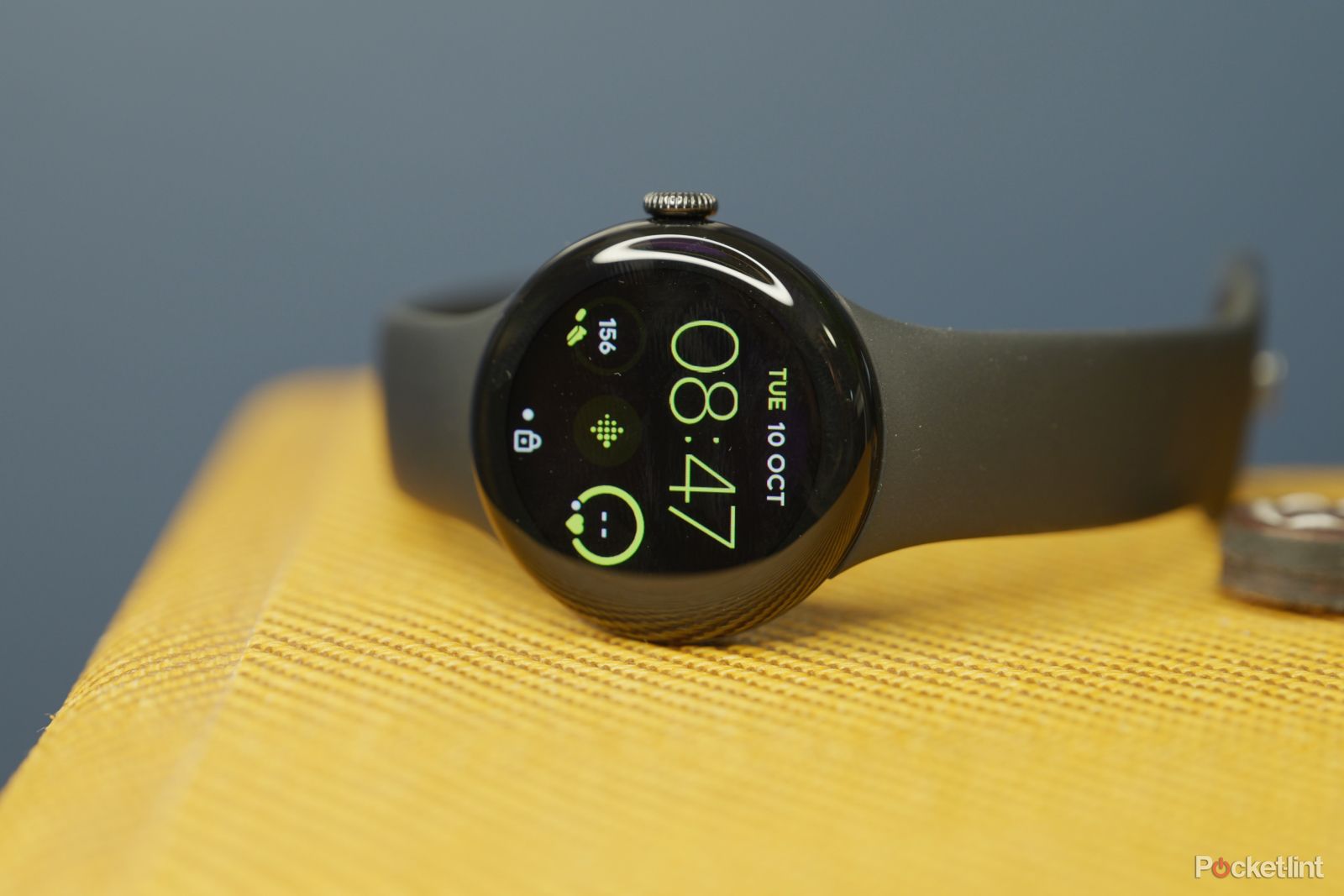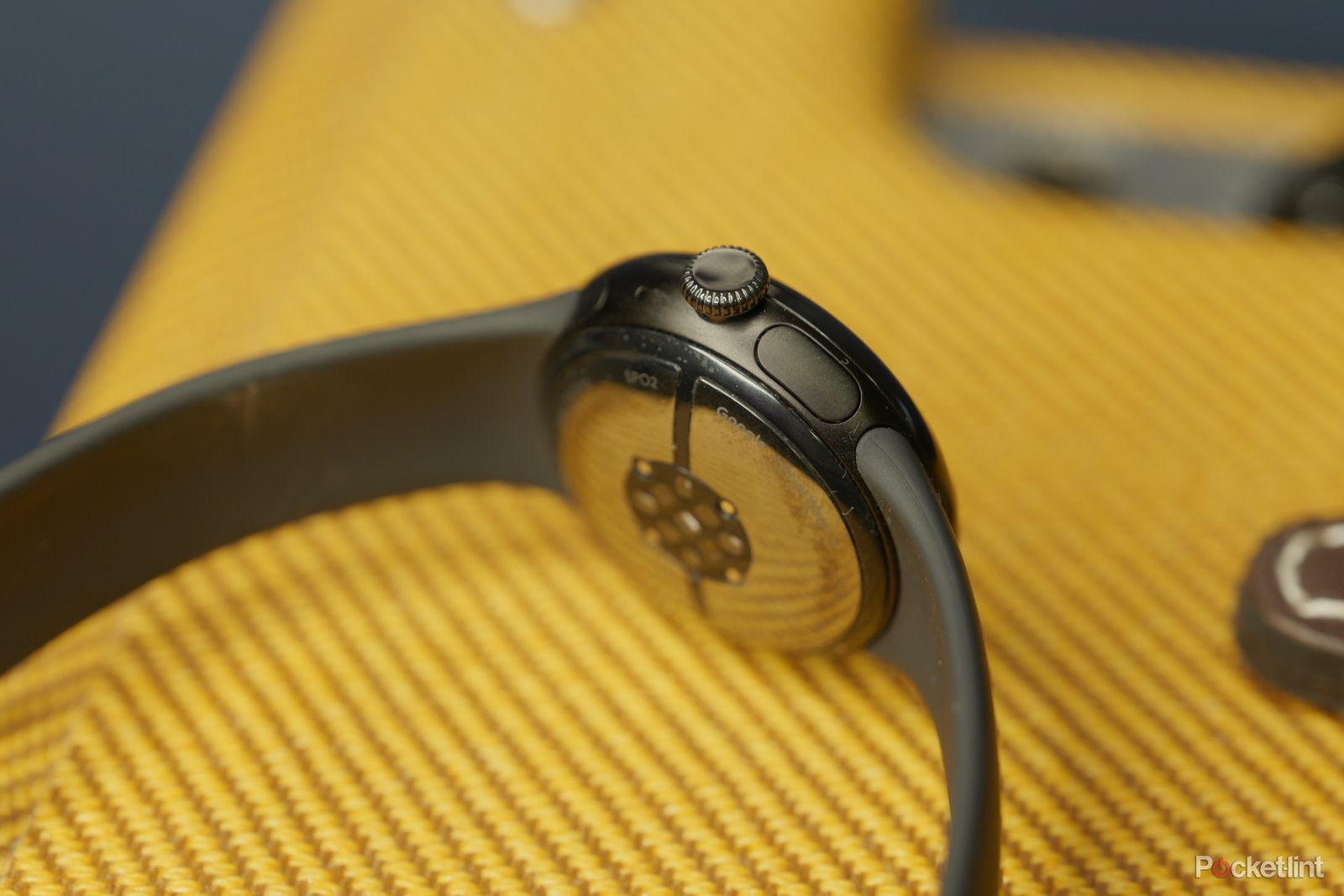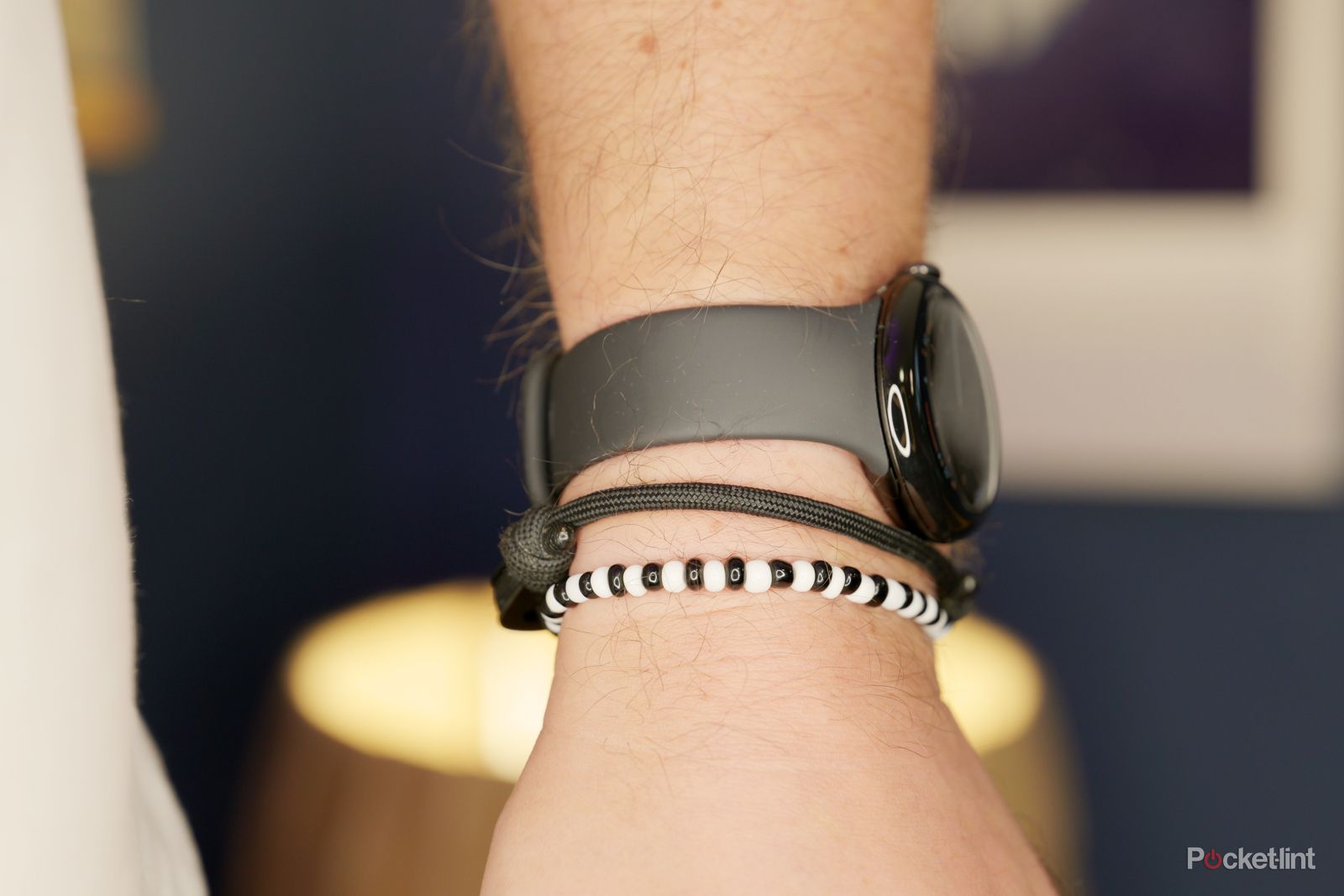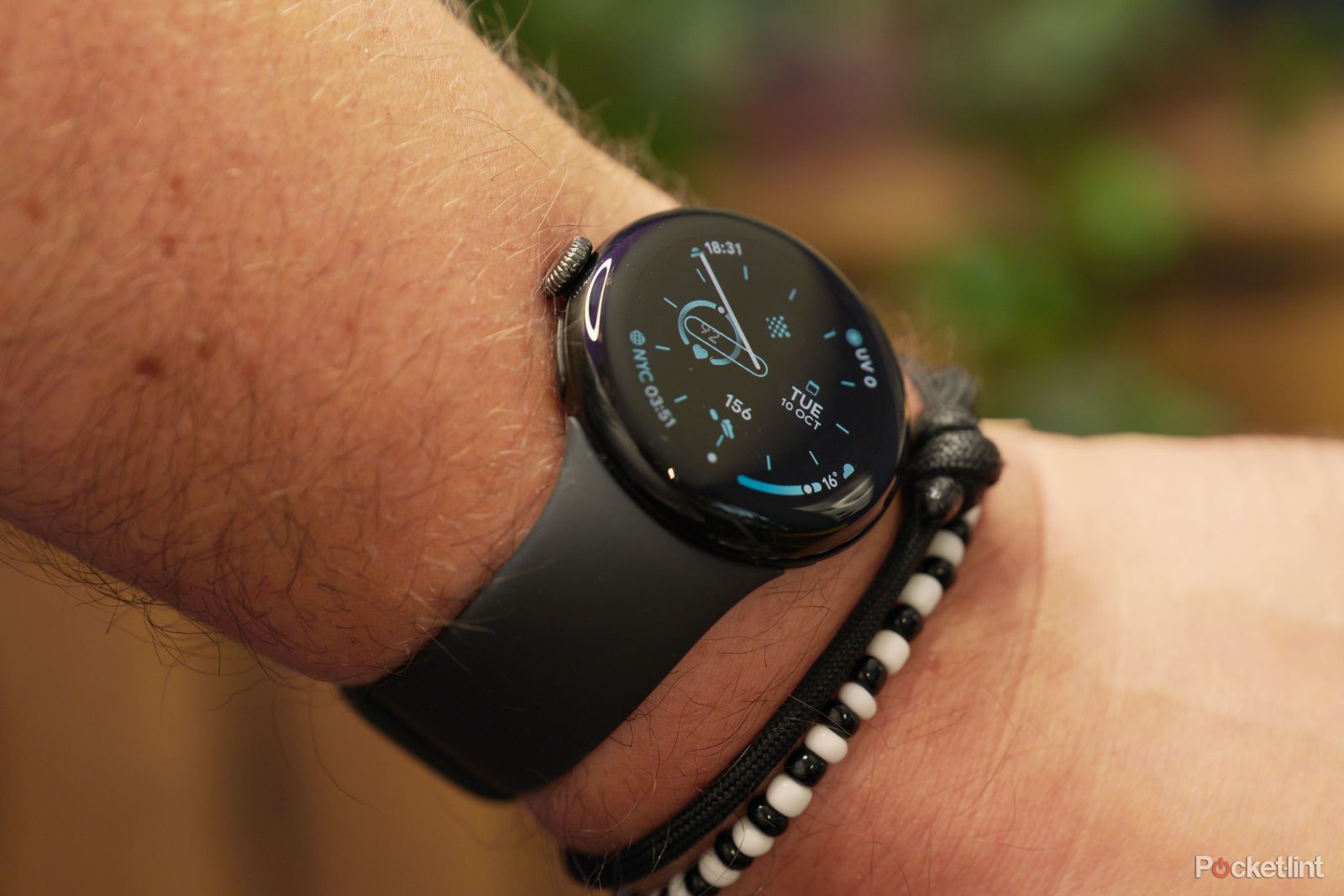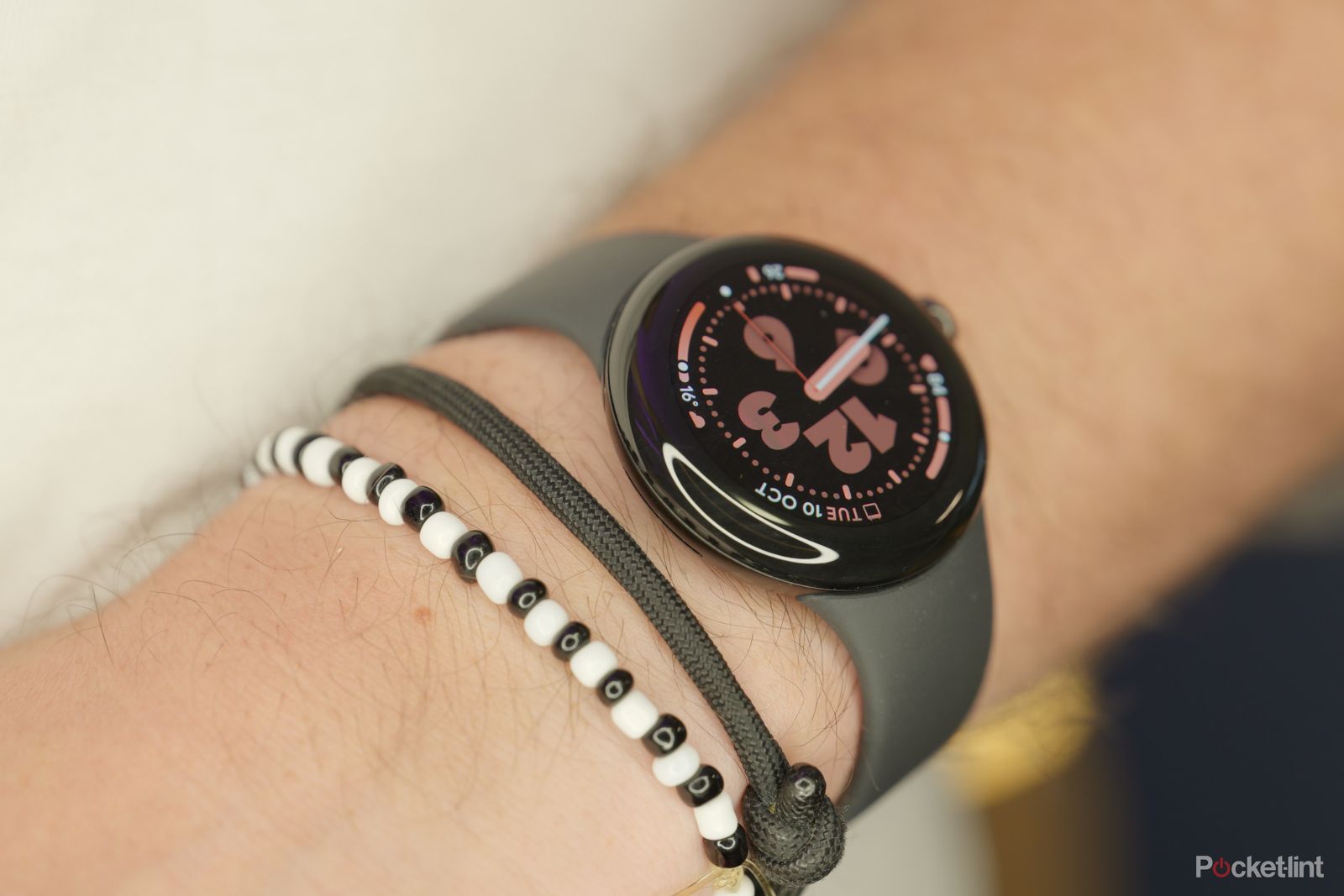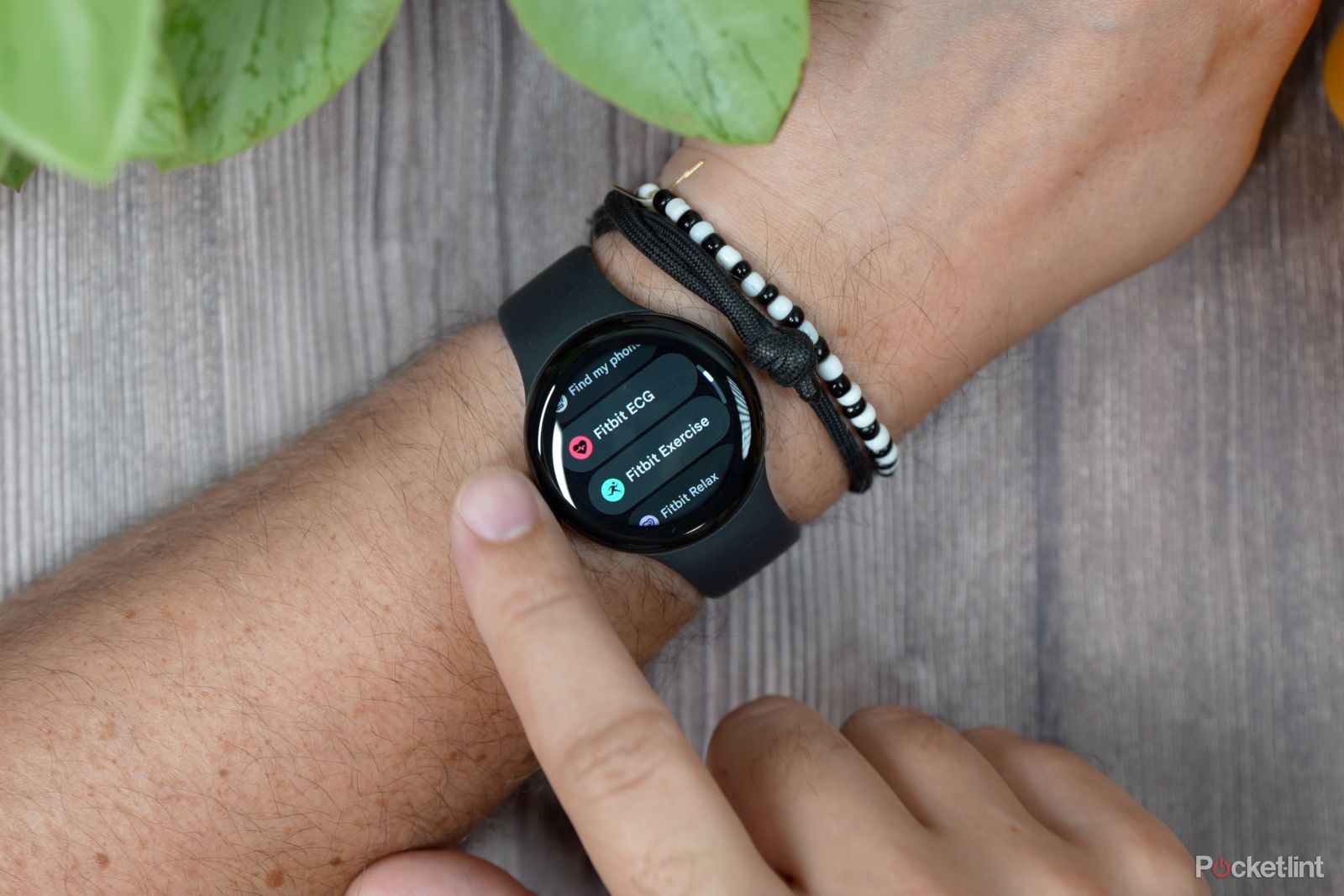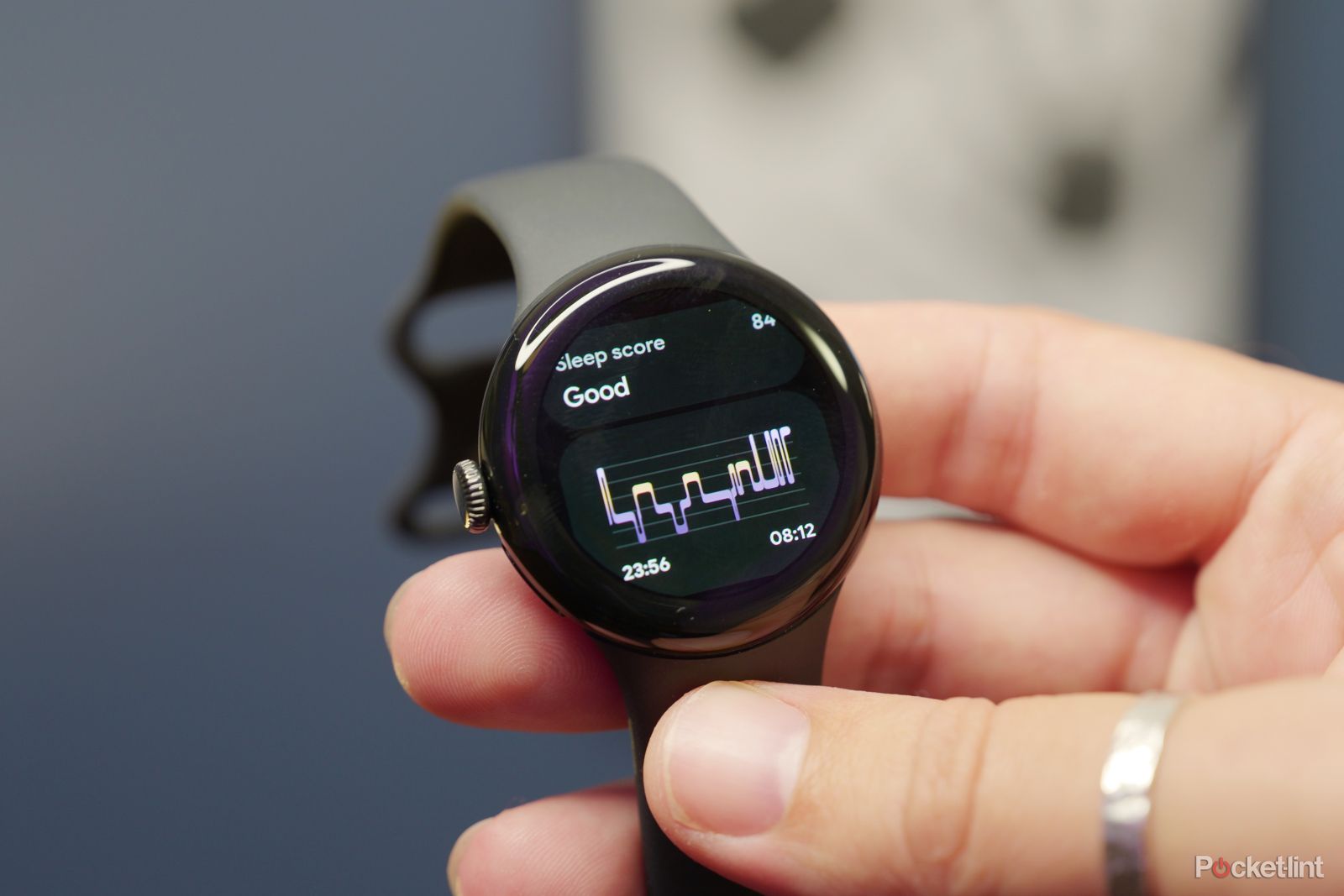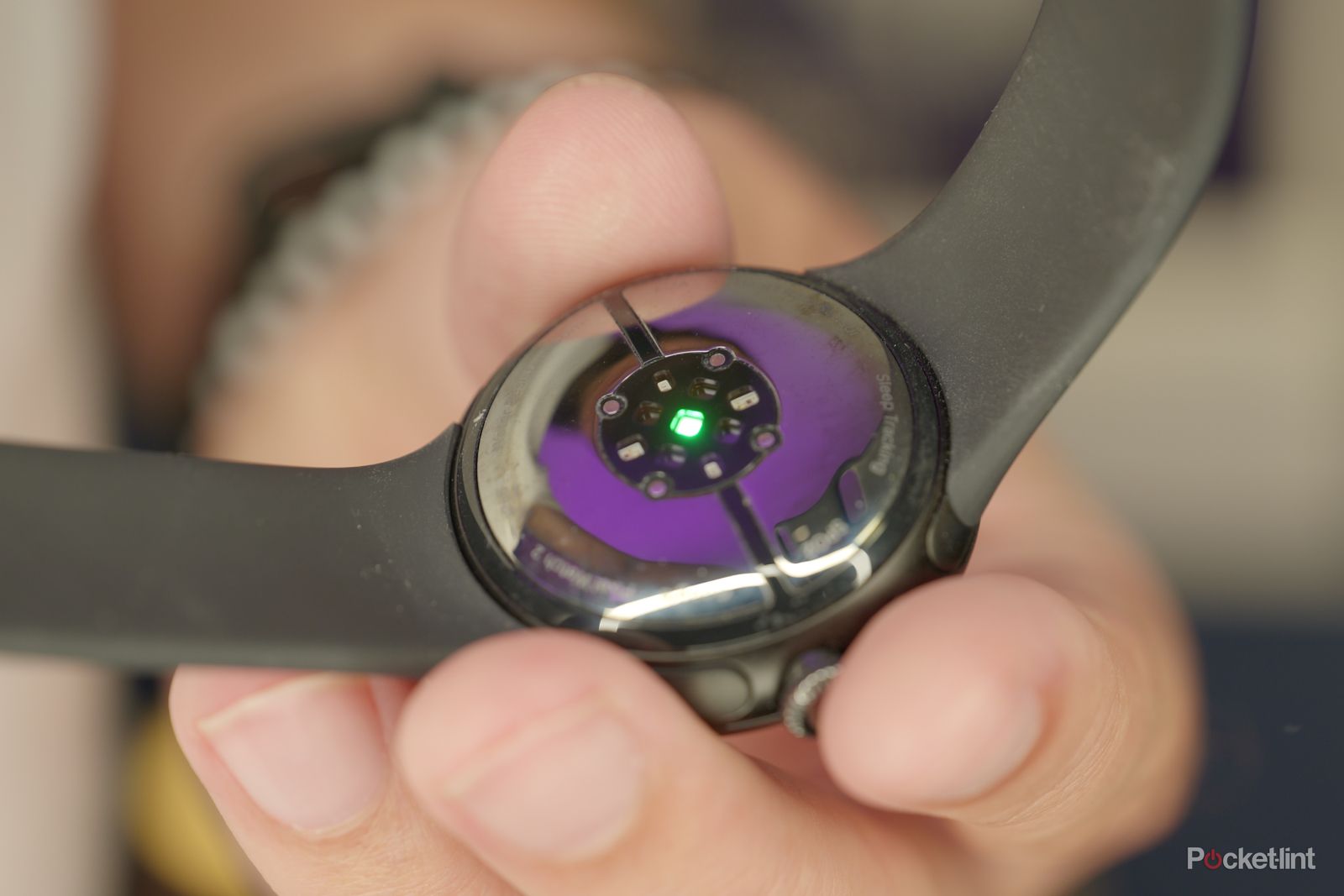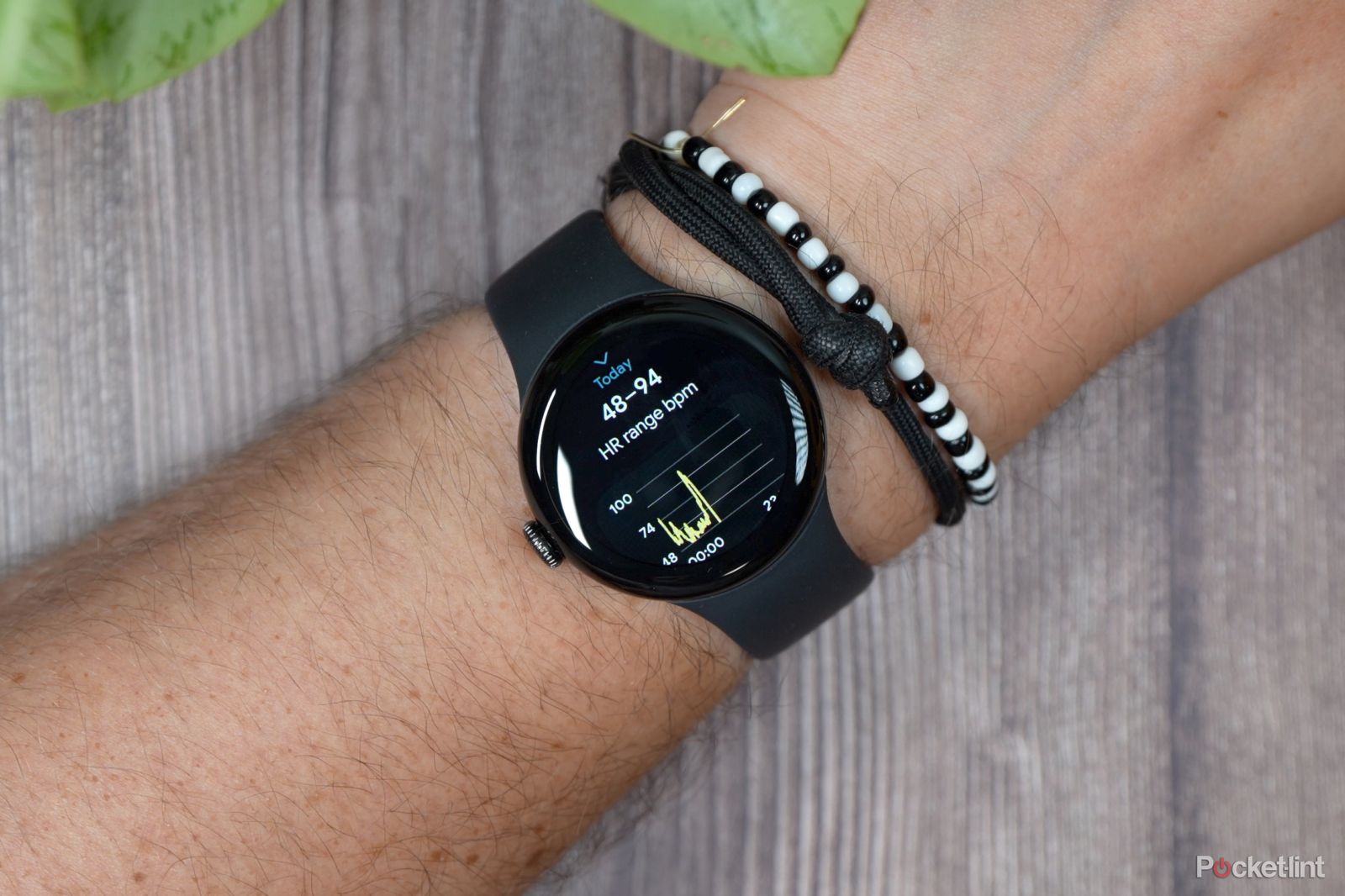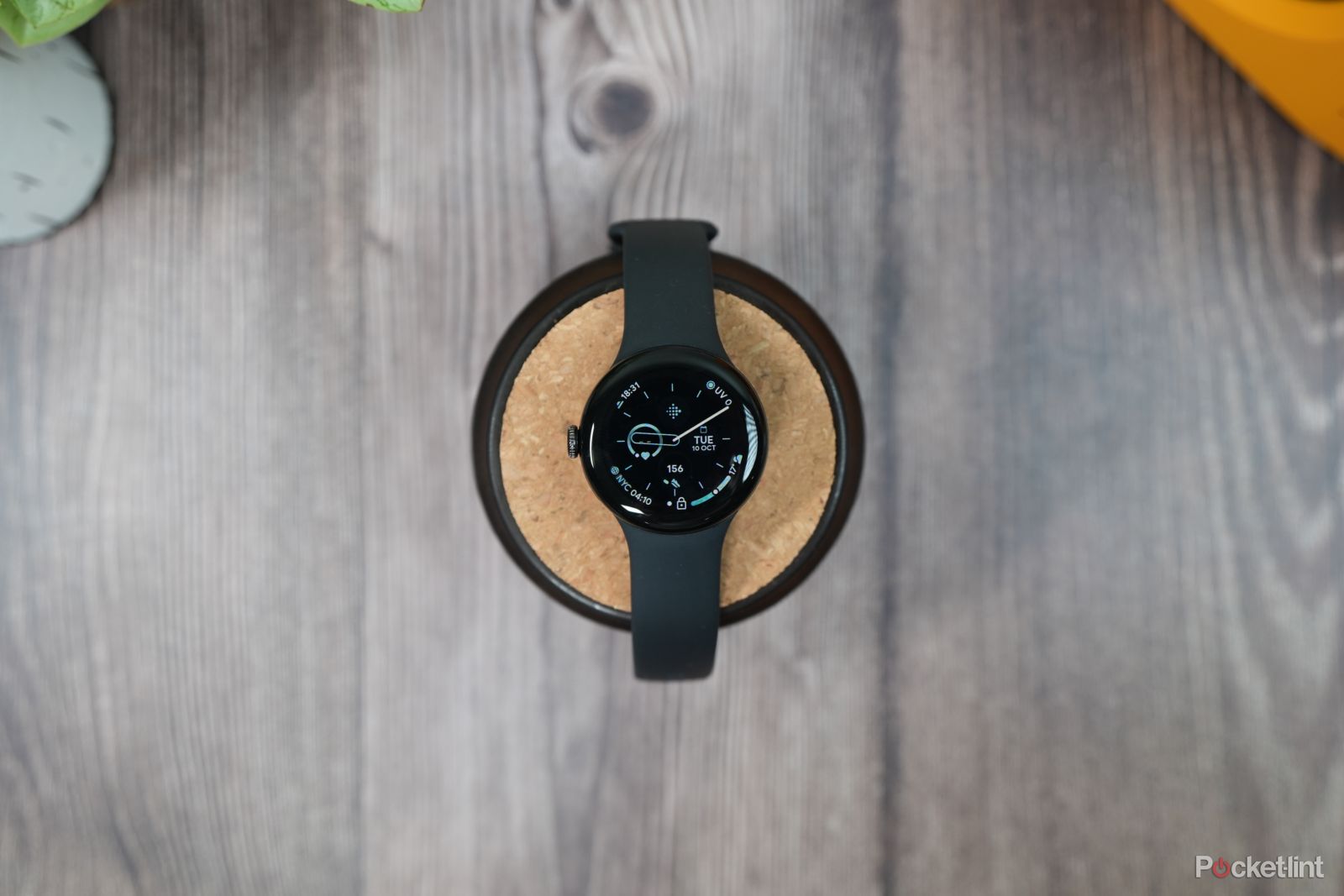With Pixel Watch, Google built a lot of excitement. It had a lot going for it and more than one 'first' to lean on. For starters, it was Google's first homemade smartwatch and was the first WearOS watch to ship with Fitbit onboard. Top that off with a unique, stunning design; surely, it was a recipe for success.
It might not have played out like that in reality - mostly because battery life wasn't great - but the Pixel Watch got a lot more right than it did wrong. So, how do you improve beyond making the battery last longer?
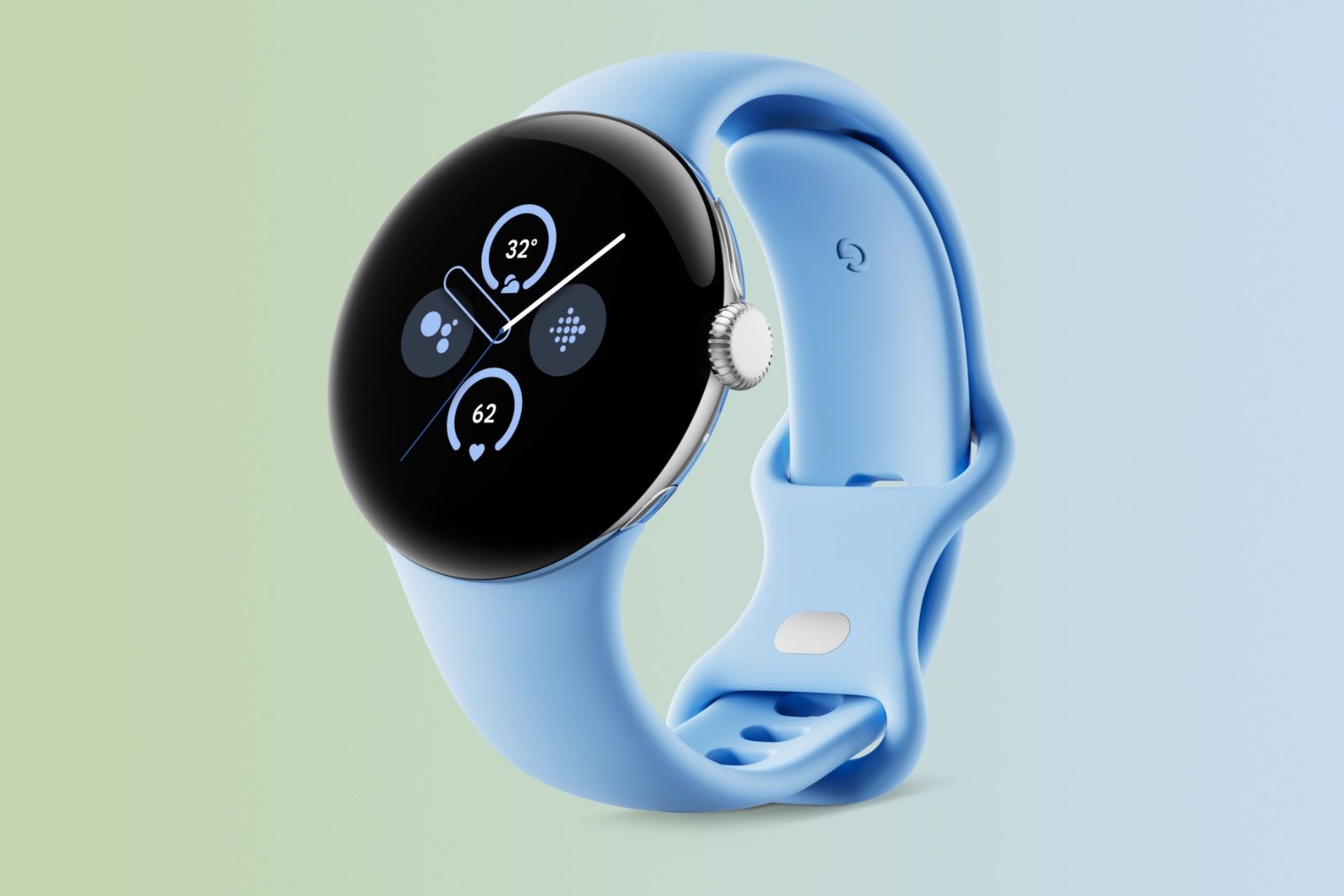

Google Pixel Watch 2
There's no denying Google has made improvements with the Pixel Watch 2. The fitness and health tracking, as well as the fluid, simple interface, is superb. The design is great, too, but there's definitely a sense that battery life still needs improving, and it'd be wonderful to have a larger model.
- Fitbit is the big selling point here, it's fantastic
- Beautiful design and build
- Fluid, responsive performance
- Lightweight and comfortable to wear (even at night)
- Water and dust resistant to high levels
- No iPhone support
- Needs a bigger screen
- Battery life isn't competitive
Specs, Price and Availability
Google's second-gen Pixel Watch hits the store shelves on 12 October, with a price starting at $349 in the US and £349 in the UK. It comes in three case colours: Matte Black, Champagne Gold and Polished Silver.
Google Pixel Watch 2
- Battery Life
- Up to 24 hours (with AOD enabled)
- Operating System
- Wear OS 4.0
- Lens Material
- Custom 3D Corning Gorilla Glass 5
- Case Material
- 100% recycled aluminum
- Colors
- Champagne Gold, Matte Black and Polished Silver
- CPU
- Qualcomm W5100 with Cortex M33 co-processor
- Storage
- 32GB
- Connectivity
- 4G LTE available, Bluetooth 5.0 and Wi-Fi 2.4GHz
- Health sensors
- Compass, Altimeter, SpO2monitoring, Multipurpose electrical sensors, Multi-path optical heart rate sensor, 3-axis accelerometer, Gyroscope, Ambient light sensor, Electrical cEDA sensor, Skin temperature sensor, Barometer, Magnetometer
- Dimensions
- 41 x 41 x 12.3mm
- Weight
- 31g
Environmental ambition
I absolutely loved the design of the original Pixel Watch when it first launched. If only because it was so different from any other smartwatch on the market and showed care and attention to detail from Google. It's a similar approach it takes when designing the Pixel smartphone range; there really isn't anything on the market that looks like it.
Not much needed changing then, at least not on the overall looks front. The glass over the top curves all the way around the edges, blending into the metal casing to create this seamless, rounded appearance like a smooth, perfectly round, glossy pebble.
The strap is held on the case using a proprietary mechanism that locks it in place to enhance that seamless look. There's a push button system to release it, allowing you to slide it out sideways, avoiding having chunky lugs protruding from the edges. It's so gorgeously minimal, and it's not changed at all for the Pixel Watch 2.
However, the list of materials used to build this shape has changed. Where the first generation used a pricey stainless steel case, the new model uses aluminium and fully recycled aluminium. The glass over the front has been made a little thinner, too, but - otherwise - it looks identical to the first-gen watch.
The only thing disturbing that seamless surface around the outsides is the cute little crown that sticks out of the side. You can press it to launch your app's view or turn it to scroll through lists and menus. I also appreciate that when you set the watch up, you get to decide which side of the watch this crown sits on.
Because I've often had experiences of accidentally clicking centrally-placed buttons on smartwatches in the past, I default to having it on the left side of the watch so that when my hand bends back during any activity - whether it be working out or simply opening a door - that action doesn't push my bracelets into the button, and then click the button in.
It's a small, lightweight watch that's very easy to wear. It's comfortable all day and even small enough that I can wear it at night to track sleep without really being aware of it.
My only personal issue with the design is that - on my own wrists - I find it too small. In fact, the strap that comes fitted to it as standard is too short to fit around my arm comfortably. I had to use the longer strap that also comes in the box.
I'm used to wearing larger watches - like the larger Apple Watch or bigger Garmin and Huawei Watch models, which usually measure around 44/45mm wide. At 41mm, and without any lugs expanding the surface area, I find it gets a bit lost on my arm. For a lot of people with smaller arms, though, I think it'll look perfect. (Please make a 44mm version Google if you're reading this.)
I can't fault its build quality, though, not really. It'd be nicer to have sapphire crystal glass instead of an older version of Gorilla Glass - for scratch and impact resistance - but on the whole, it's built to last. It's 5ATM and IP68 rated to ensure it's not going to be troubled in the rain if you take it for a swim or by any dust in the area.
I wish the display was bigger
Every time I look down at the watch to read the time, glance at notifications, or look at my stats during a workout, I wish the actual display panel stretched further out to the edges of the watch. It's not that it's hard to read; it's just that it would look even better and more expansive if there was just a smidgen more screen to play with.
It's just a bit too small for me, and I'm not convinced Google has made the best use of the space available. Especially when I compare it to the 40mm Galaxy Watch 6, which, while nowhere near as good-looking, makes better use of that space. The display (at 1.3 inches) is larger, and the watch case is smaller than the Pixel Watch.
It's another reason I'd love to see a larger 44/45mm version of the Pixel Watch. In fact, it's the main reason.
Despite its size, it's easy enough to read most of the time. And - during workouts - the relevant data is clear and well organised. Google's hardware design might not show a good use of space, but the software and layout do. When I was running, I could easily read the distance, time, and pace along with the slim, colour-coded heart-rate zone icons on the left of the circle.
The software itself is very similar to before, and - with it being Google's homegrown software - it's probably no surprise that it's among the best iterations of Wear OS I've used. A lot of it is down to the interface being fluid, smooth and responsive. But it's also well organised and easy to use and customise.
Google's got a wide selection of pre-installed watch faces (sadly none as graphically rich as Apple Watch), but still with plenty of ability to customise. You can change colour; some will allow different index styles and the flexibility to choose from a plethora of complications for additional data.
I also really like the full-screen widgets to the right of the watch face. Swipe left, showing things like your daily step count, calendar events, Google Assistant shortcuts, and other features. It's easy to reorganise and add more screens or remove ones you don't want.
Thanks to power from the SW5100 CPU inside - and Google's approach to fluid software - the watch seems quick and responsive pretty much all the time. Even loading the Play Store and searching for apps - which used to be a slow, tedious affair - is now quick, and doesn't leave you waiting long.
Being Google's own platform, there's also easy access to popular services. That means Google Maps, Calendar, Messages, Google Wallet (for contactless payment), and YouTube Music. But also - the Play Store. You can install any number of additional third-party apps, including Spotify, Strava, Nike Run Club, WhatsApp, Gmail, Audible, Todoist, Microsoft Outlook, Amazon Music and more.
It seems like since Wear OS 3 launched a couple of years ago, the platform as a whole has become much healthier, smoother and a place where more third-party apps are appearing than in the past. I'm excited to see how it improves from here.
A Fitbit in disguise
The more I use the Pixel Watch 2, the more I become convinced that it's the built-in Fitbit experience that really sells this watch. Lots of smartwatches can do the usual Wear OS smartwatch stuff like payments, music, notifications, message replies and turn-by-turn navigation, but none of them have a fitness platform like Fitbit built into them.
I won't lie; I was a little skeptical when I first started using it, but the beauty of Fitbit is that it seems to get better the longer you wear the watch. As it learns your patterns and behaviours, it learns more about how your body reacts to activity, stress and rest. And I wouldn't even mind paying the extra for Fitbit Premium to get some of these features (thankfully, you don't have to for the first six months of owning a Pixel Watch 2).
A big part of the experience is the new sensor hardware on the watch's underside. It's been upgraded to feature more accurate heart rate tracking during activities and sensors that can detect small changes in temperature and skin conductance. The latter of those is used to measure what Fitbit/Google calls 'Body Responses'. It's when your skin offers up tell-tale signs of a change in your mood or stress levels.
This could be something simple like your body reacting to alcohol consumption, or it could be that you're getting excited, stressed, angry, or in another mood. In theory, having a notification on your wrist is a great idea to say the watch detected a 'Body Response'. The only problem with it - I think - is the execution.
In reality, the notification generally comes 10-20 minutes after the event, and, for about 90 per cent of those instances, I'd already forgotten what my mood was doing during the time it detected a change. Usually, because I was focused on something else - like work, watching a TV show, gaming, or reading a book before bed - I wasn't ever focusing on my mood, and so I rarely found it to be a helpful feature.
The idea genuinely is great, though. Having something to track your moods and help you try to understand triggers and then use that to proactively suggest ways to avoid them or just calm down - it just needs to be a bit more real-time to be effective.
Having experienced severe anxiety and really low moods, I'd love to have a notification on my wrist saying, 'Hey, take it easy, do this quick mindfulness exercise, and stop spiraling'. And I say that because actually trying to force those good habits on yourself from your own motivation is virtually impossible in those times. So far, however, the Pixel Watch hasn't really delivered that.
It just says, "You had a body response 20 minutes ago - do you want to log your mood?". It's not the kind of service I'd find particularly useful in the midst of a spiral. That's not to say it doesn't have any tools to help at all. In fact, it's one of the things I love about the Fitbit service.
When I first set up my watch with the Fitbit account, it asked what I wanted to focus on. And so, right away, you can tell that the most important thing to you is managing stress or your general wellbeing, rather than focusing on just activity minutes, a weight goal or a step count. You can - of course, focus on those instead - but once you've selected a focus, the app adapts and changes to be more useful to those goals.
Likewise, the coaching tab in the app can be adapted and filtered only to include the types of workouts or sessions you find useful. That can be anything from HIIT and weight training to yoga and mindfulness sessions to help you get to sleep or help you take a few minutes to breathe and relax.
It's a very holistic coaching system and one that's not designed to help you get to your 5k or 10k record. I like this approach very much. All-round health trumps pushing yourself to the extreme to meet a distance or time goal (for me, at least).
As mentioned, having a lot of sensors on the watch means it's well-equipped for measuring things like stress, recovery and wellbeing. Once you've worn it long enough (14 days), it can give you a 'training readiness' score based on your activity patterns, sleep, and heart rate (among other signals). This will then give you a useful piece of data for checking if you should push yourself today or take it easier.
There's so much data being collected, which means lots to digest in the Fitbit app if you dive into the nitty-gritty. However, for those that don't need or want that, it's superb at surfacing the important features and presenting them on the home page in a way that's easy to understand.
As far as accuracy goes, it's decent. I was impressed with how well the heart rate readings coped with high-intensity strength exercises, which can be a problem for wrist-based sensors. It adapted quickly and showed what looked like an accurate reading on my wrist without any delay. So it's a great watch for HIIT.
Similarly - for GPS tracking - it's consistent and reliable here too. I tracked it on a few runs and walked alongside my trusty Apple Watch, and - for the most part - it was measuring similar distances. It did seem to measure slightly further than Apple's smartwatch (roughly 50 metres on a 4-5km run), but that's not a huge swing. I'd even perhaps put it down to being able to measure when under tree cover a little more reliably.
Battery life has improved, but it's still not great
If there was one major weakness in the first Pixel Watch, it was battery life. It had a 24-hour battery, even with the always-on display disabled, meaning it was an absolute 'must charge' every day, and usually around the same time. Pixel Watch 2 has improved it, and definitely reduced battery anxiety in my day-to-day experience. However, it's still not as competitive as a lot of the other Wear OS watches.
Google claims you can get 24 hours with the always-on display switched on this time, and - realistically - that's pretty accurate in my daily testing. It still meant having to charge it at around the same time every day, just like the first one, but with a bit less panic. And, because I wanted to test the sleep tracking and see how the rest of the data impacted Fitbit's recommendations, I typically just charged it in the morning when I sat down to work.
Usually, I'd have around 20 per cent left on the watch battery after a full day away from the charger - unless I'd used it to track activity at some point in that 24 hours. That's with the always-on display enabled but with very few notifications waking it up properly.
Charging is a solid experience, although bizarrely, Google opted to move away from wireless charging this time. The magnetic charging cradle/disc has four physical contact points, which line up with matching points on the watch's underside.
It means a more secure magnetic snap, which is good, but it does mean you can't just charge it on a standard Qi base like you can with some modern smartwatches now. You can't charge it on the back of your smartphone, either.
It's in this whole charging/battery life area that Samsung has the upper hand. The Galaxy Watch 6 can go about 6-7 hours longer on a full charge with the always-on display enabled or up to 40 hours with it switched off. It also charges wirelessly and can be topped up using a smartphone with reverse wireless charging, giving it the edge.
Verdict
The Pixel Watch 2 is so close to brilliant that it almost hurts. With better battery life, a larger display with skinnier bezels, and a larger size option, it'd be practically perfect in every way: the Mary Poppins of smartwatches.
Fitbit is the killer feature here, though, with the sensing hardware and software combining to create a sublime fitness and health-tracking watch. In fact, I can't think of any other Wear OS watch, or any smartwatch for that matter, which is as competitive on the fitness side - beyond perhaps Garmin and Apple.
As it stands, it's a beautiful watch with great software, offering a fluid and smooth performance and one that'll work brilliantly with your Android phone.

